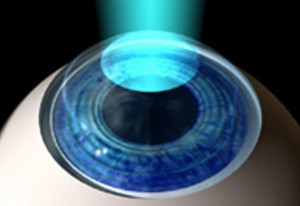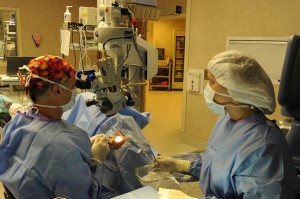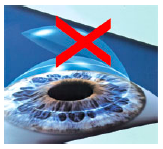
Epi-LASIK: What It is and How You Can Benefit from It
Posted by Editor on Sep 20th, 2013 in Favourite Updates | 0 commentsEpi-LASIK is a new procedure of eye surgery formally called Epithelial Laser In-Situ Keratomileusis. Though this procedure has the same goal of correcting common visual disturbances, such as astigmatism, farsightedness, and nearsightedness, compared to other eye surgery surgeries, Epi-LASIK is known to be easier to the eyes.
This new eye correcting procedure combines the technology used in other forms of conventional LASIK as well as non-conventional methods, like PRK and LASEK. With different types of LASIK surgery available, many consumers in Singapore find it hard to point their differences and know which one is appropriate for them. Let’s see how the new method differs from the traditional one.

Why Epi-LASIK?
The new procedure closely resembles LASEK than LASIK procedures. Singapore eye surgeons who adopted the new method do not apply any alcohol solution to the epithelium surface, which is the same with LASEK surgery.
Moreover, the new eye surgery procedure from Clear lasik singapore doctor is ideal for eye patients with thin corneas and those who are not qualified to undergo the traditional surgery. Like other eye procedures, this method creates a thin flap on the surface of eye with the use of microkeratome.
With the conventional method, Singapore surgeons apply an alcohol solution to loosen the epithelial flap. When the surgeon has successfully created the flap on the epithelial layer of the eye, an excimer laser is used to sculpt the cornea. After which, the corneal flap is replaced to promote faster healing of the eye.

What are Its Advantages?
The latest procedure has many advantages compared to the traditional one. The most evident of these is the lower risk of epithelial complications associated with the healing of the flap. Many Singapore physicians and researchers said that Epi-LASIK shows lesser post-operative complications, with patients showing great healing within 3-4 days compared with 7 days and more estimated healing time for PRK, LASIK and other traditional methods.
Many patients in Singapore have also reported less irritation and discomfort with the new eye surgery technique, which is a top concern for most surgeons. Nobody wants to go under a blade or knife while they’re awake, and knowing that someone is fiddling with their eye. It also helps that the patient feels relaxed so that they heal faster.

For patients with thin corneas and other risk factors that hamper them from undergoing traditional LASIK procedure, Epi-LASIK presents a welcome alternative. Most surgeons in Singapore recommend this procedure in order for individuals with risk factors to experience better eyesight.
How To Know If You’re Qualified?
If you’re not sure whether you are qualified to undergo Epi-LASIK surgery, go to your healthcare provider and submit yourself for a checkup to determine whether this new technology or the conventional LASIK method will be able to provide you with the best results. Your goal is to improve your eyesight with the least amount of discomfort and the lowest risk of complications. However, everyone should still expect slight discomfort, but not to the point that one should fear the surgeon.
Don’t casually walk into a surgeon’s office and assume you already know the type of surgery for you. Keep in mind that good surgeons will first examine your medical status and recommend a method based on your health factors, current vision, amount of correction required, thickness of your cornea, and shape of eye. The good thing is that, almost all people with visual problems may benefit from Epi-LASIK and experience discomfort-free surgery.
